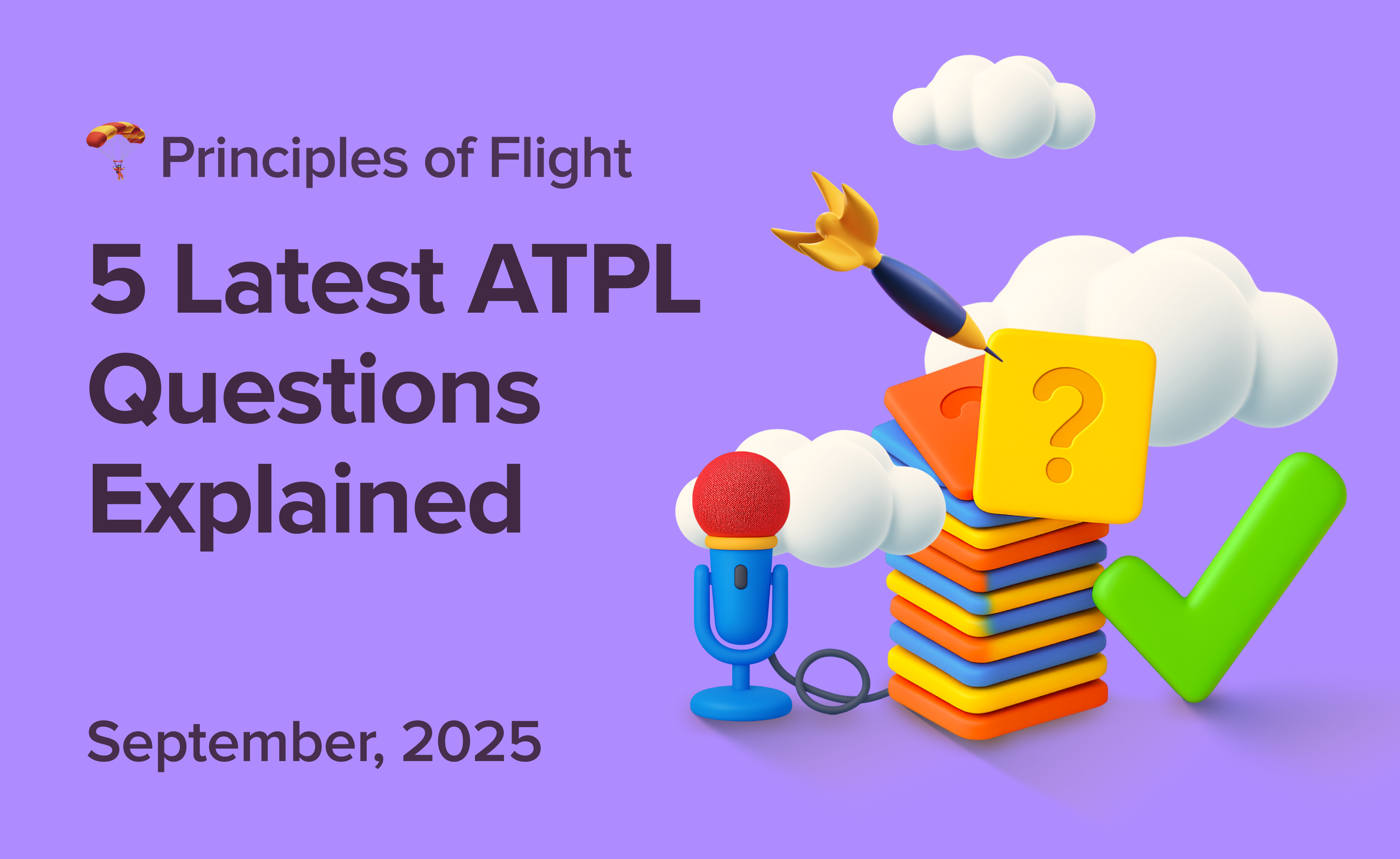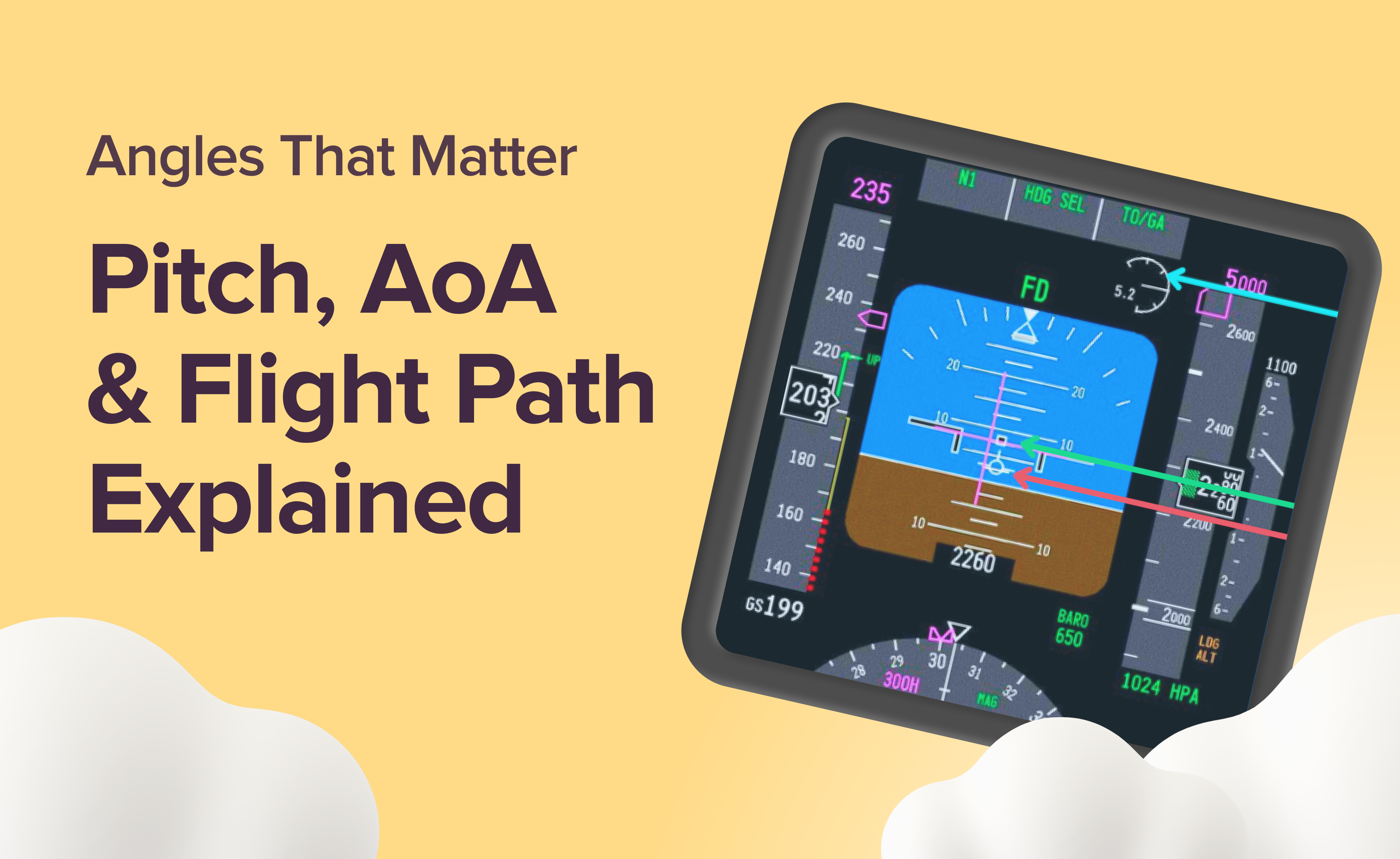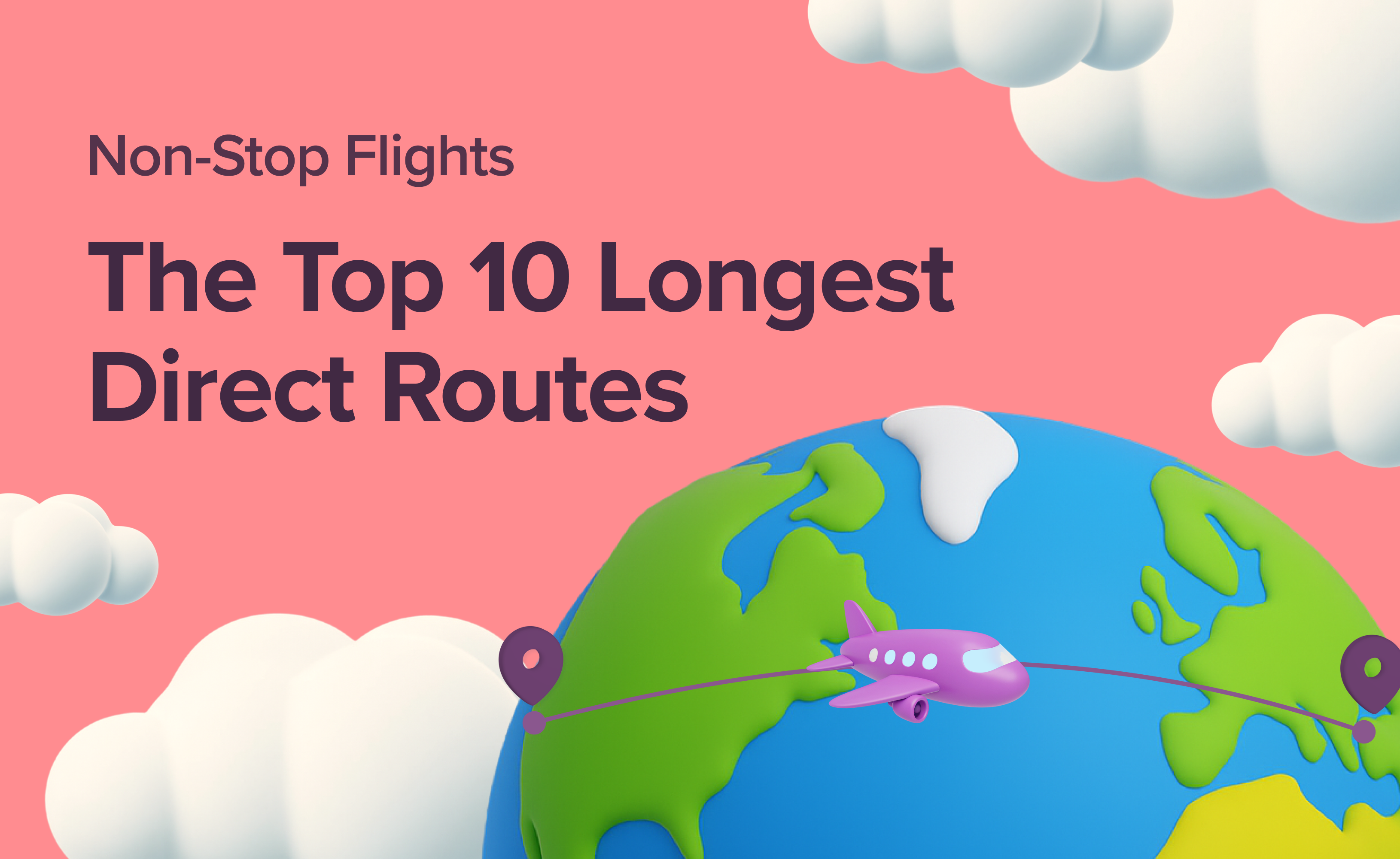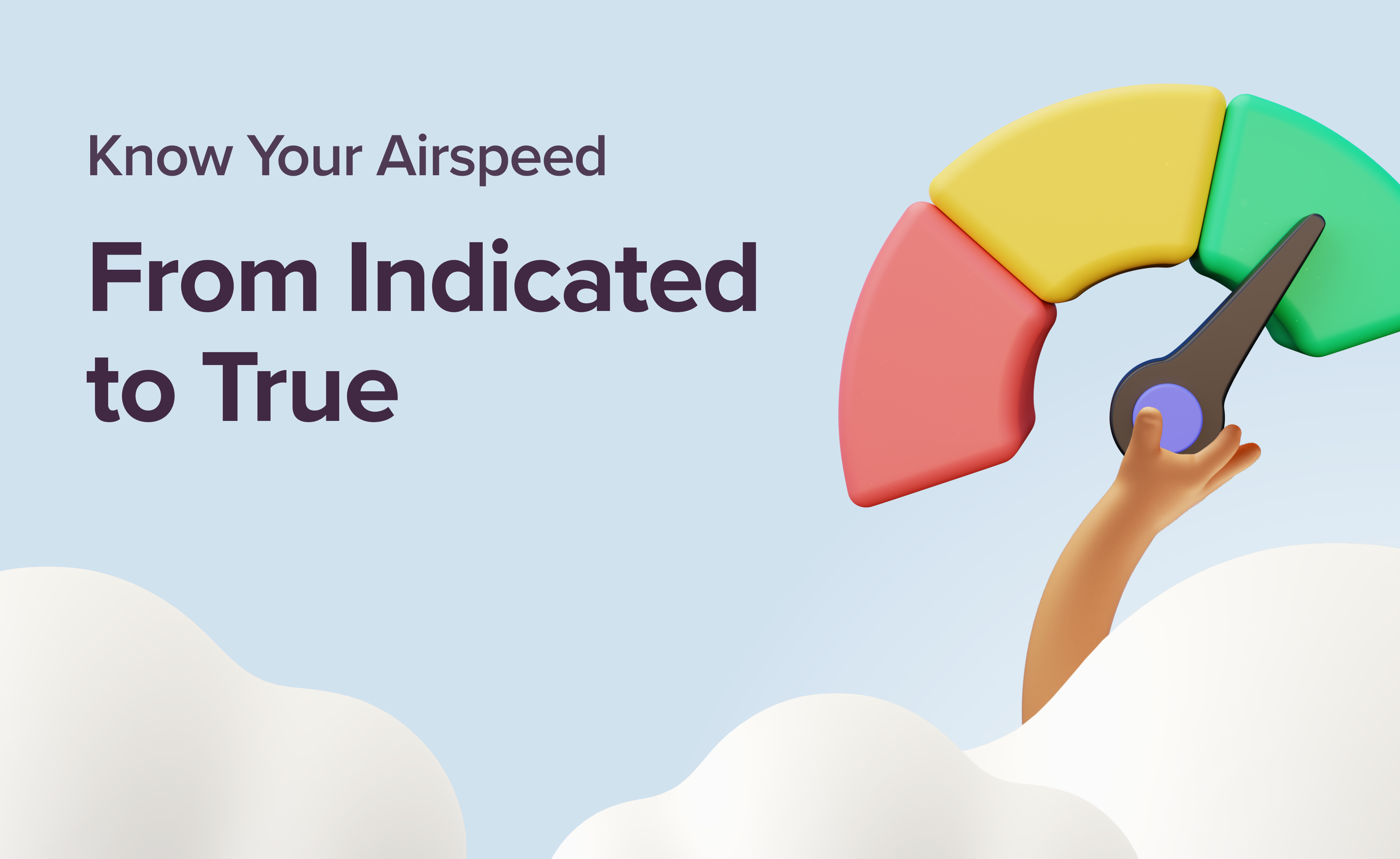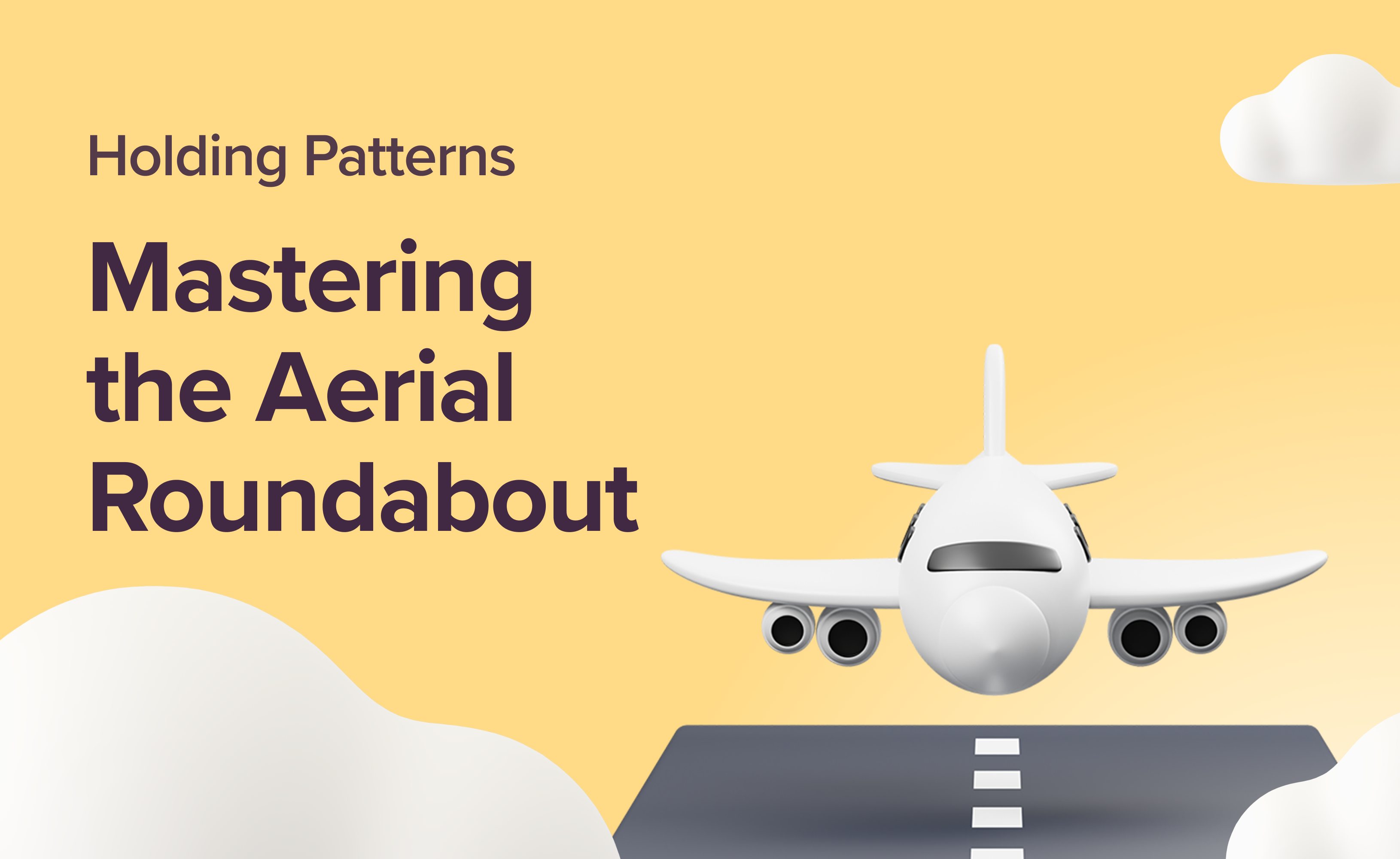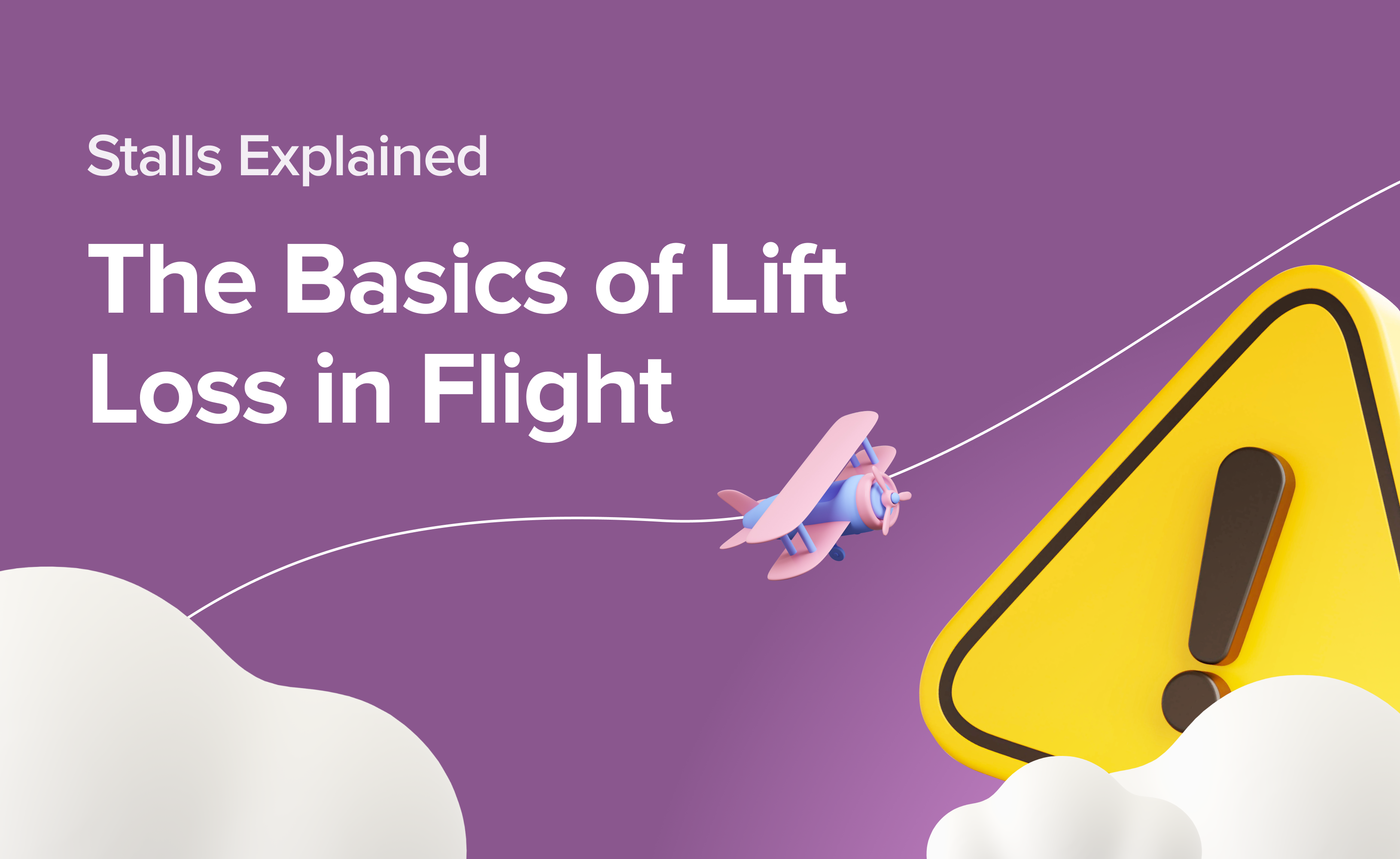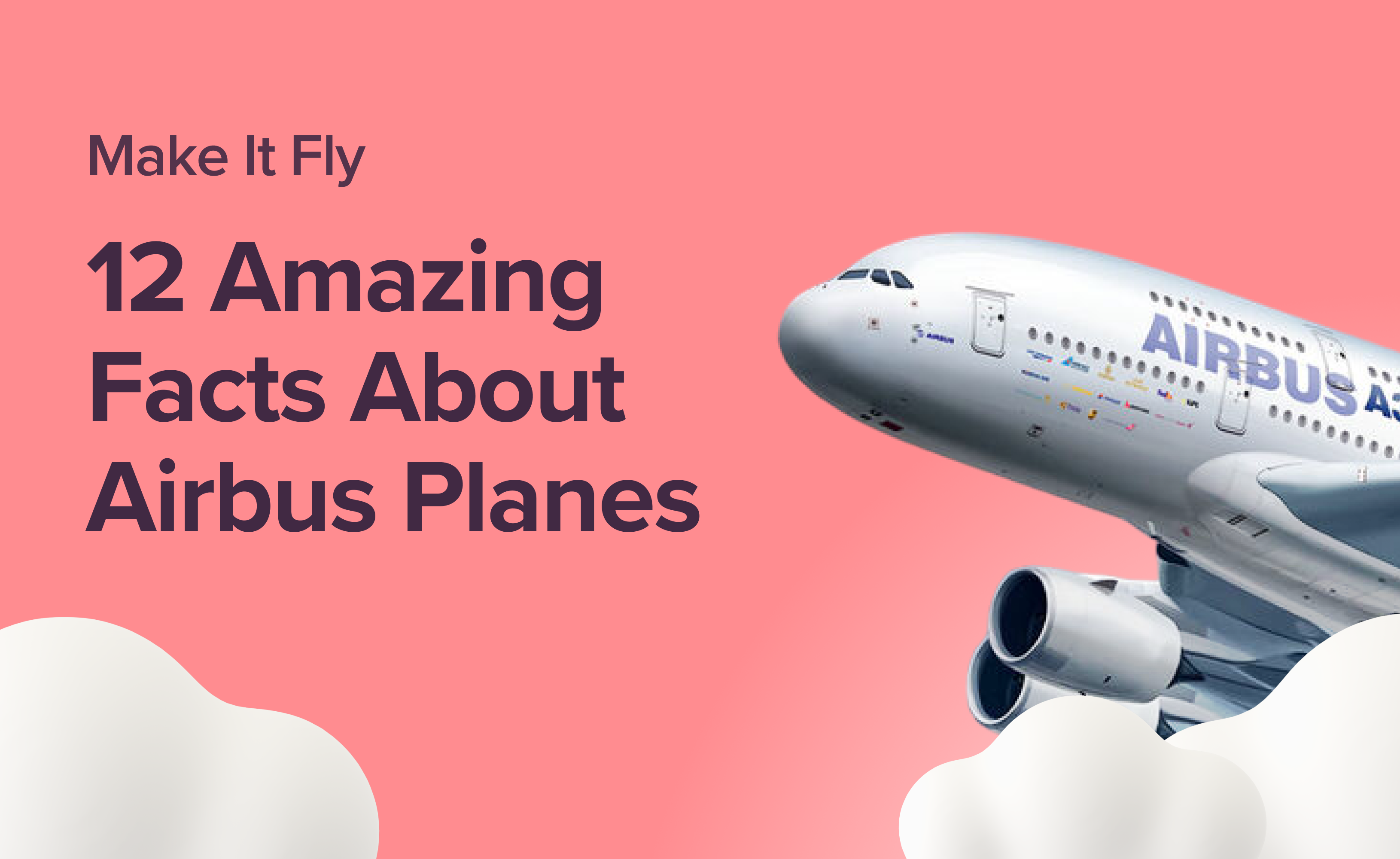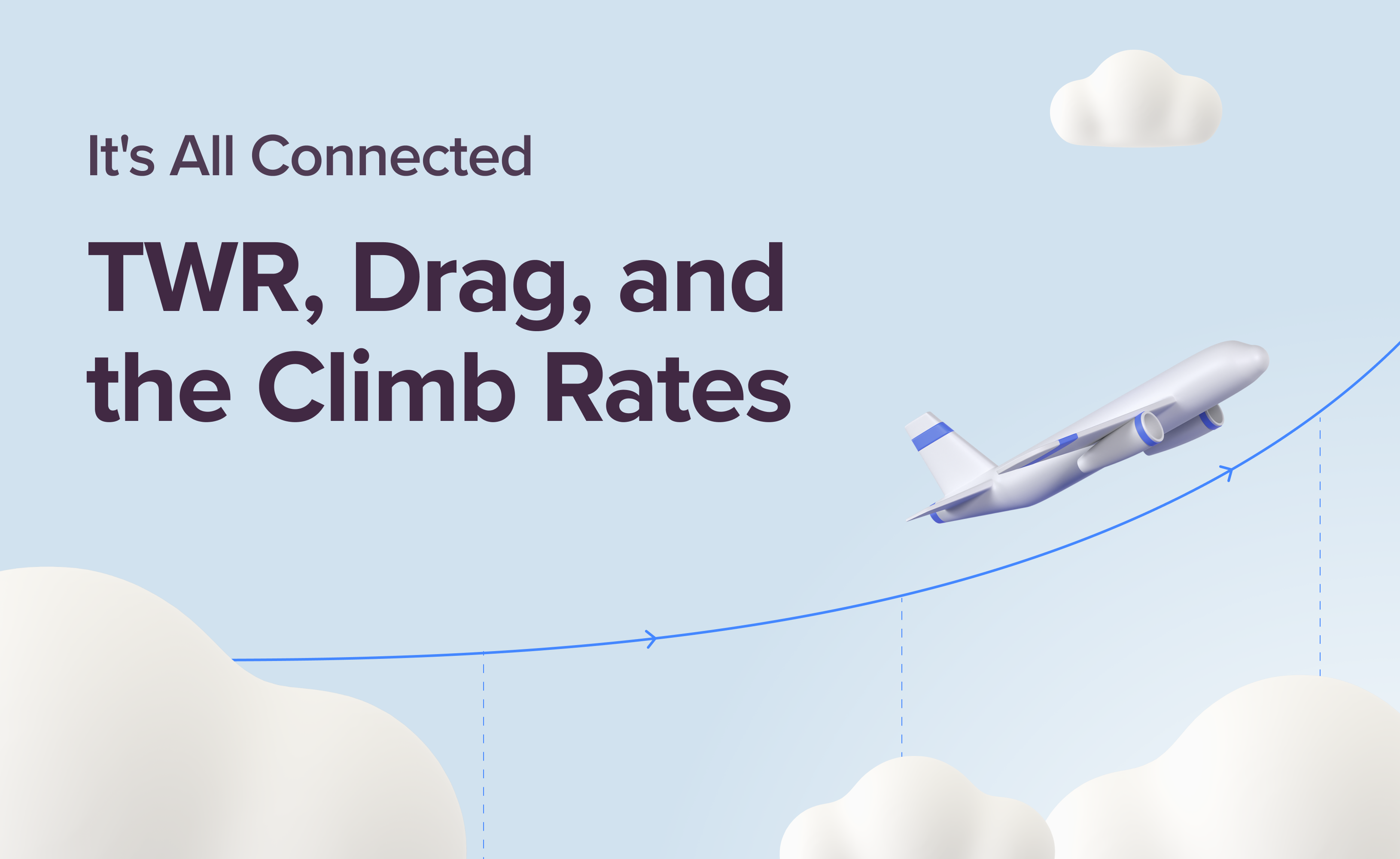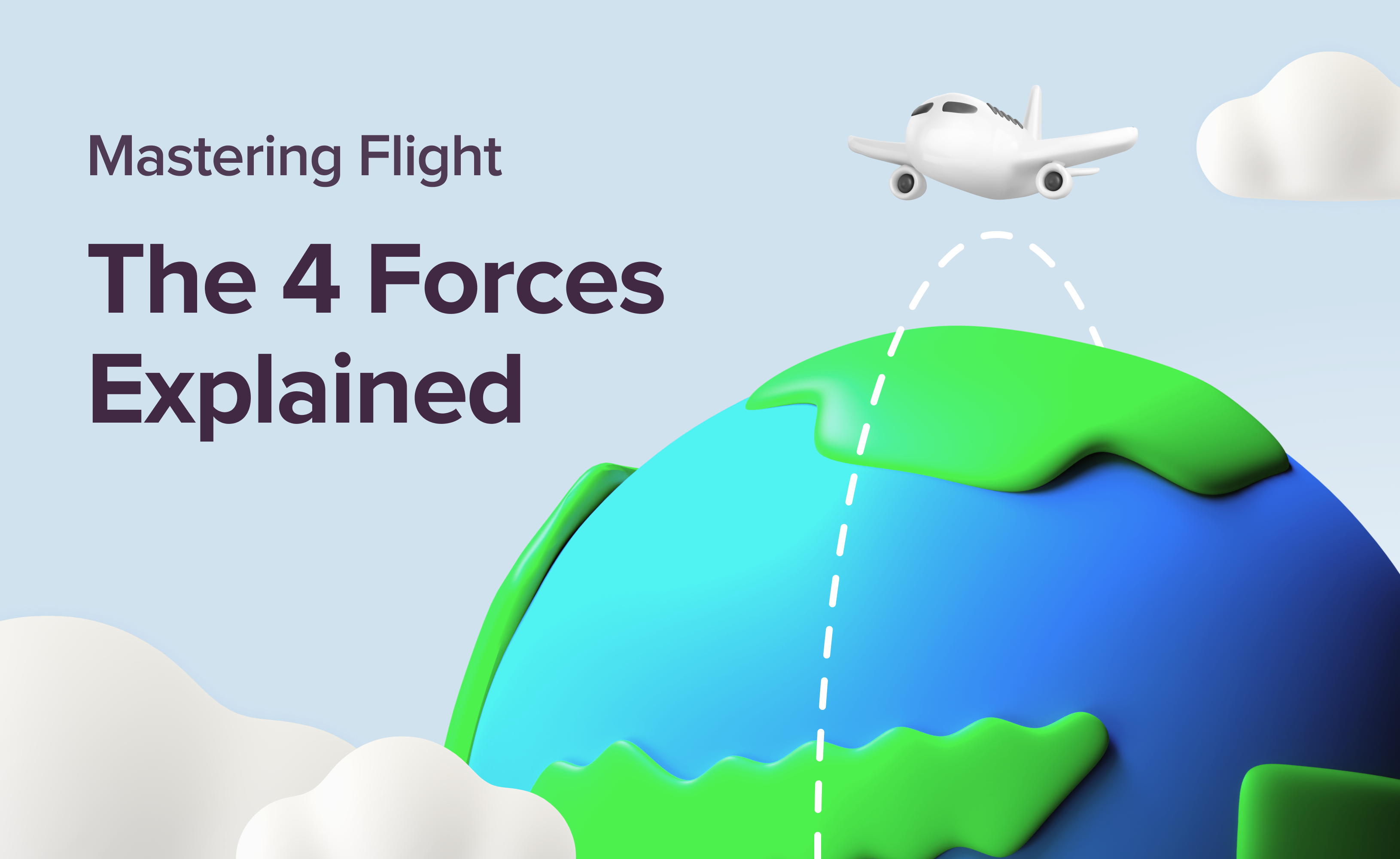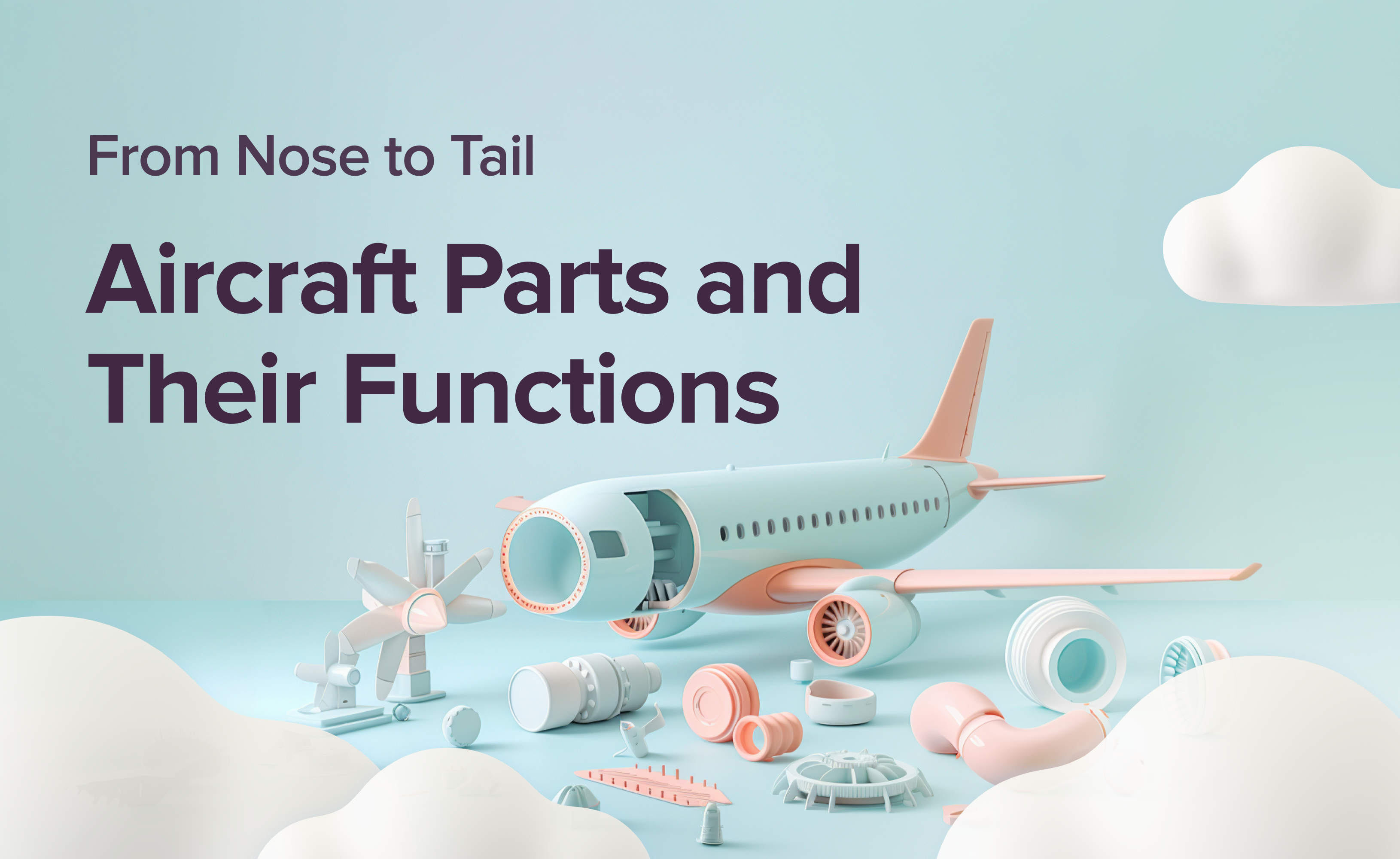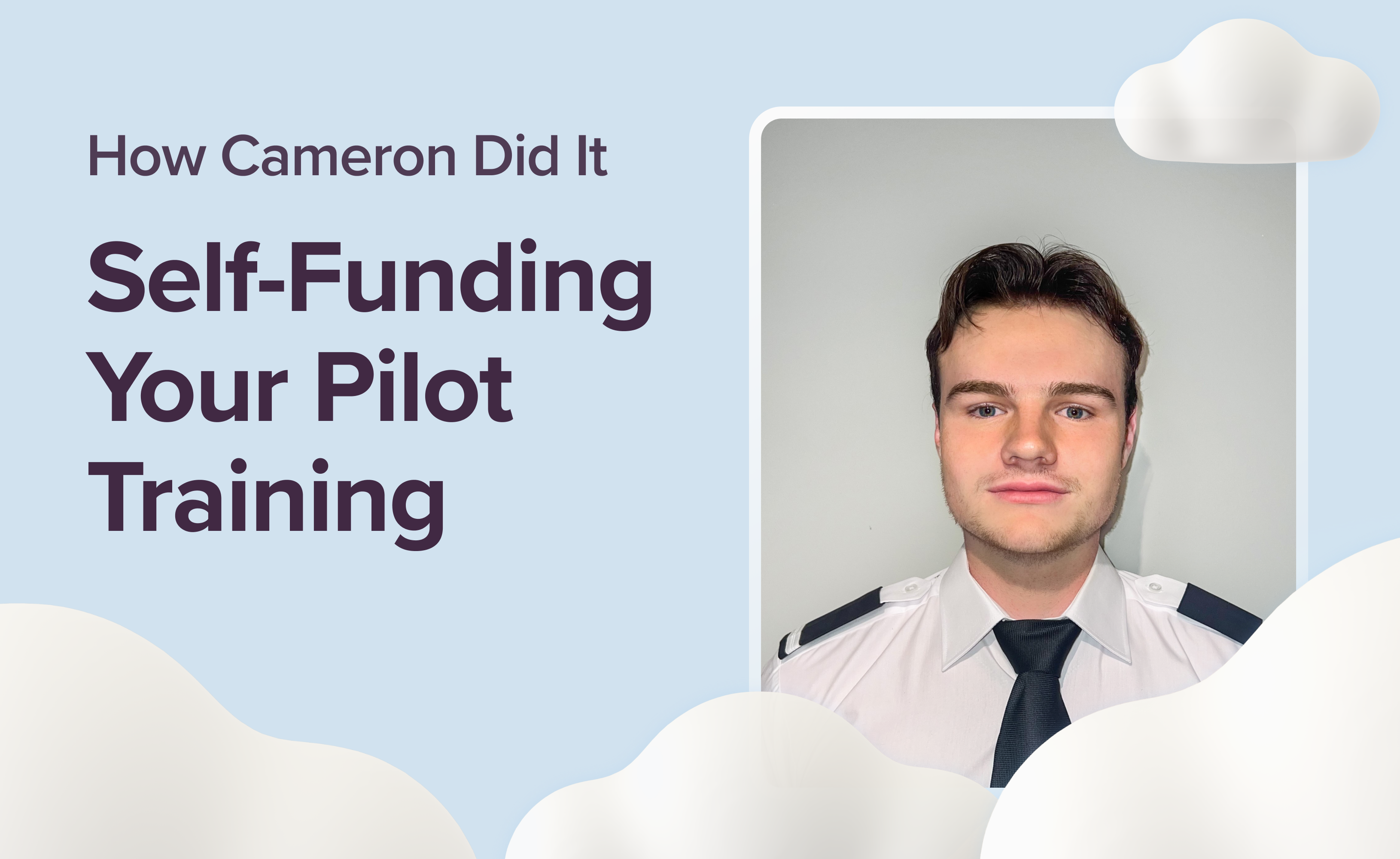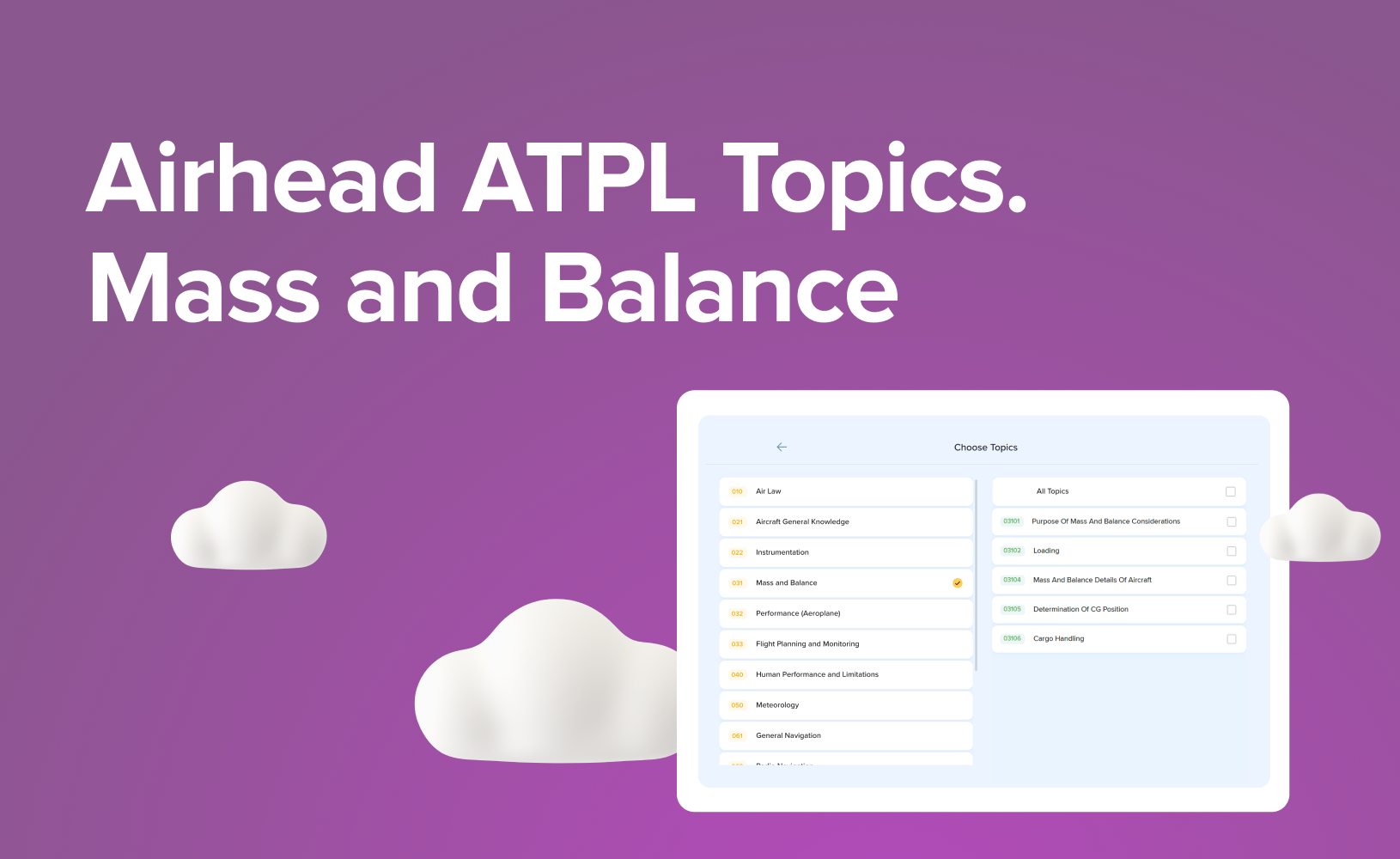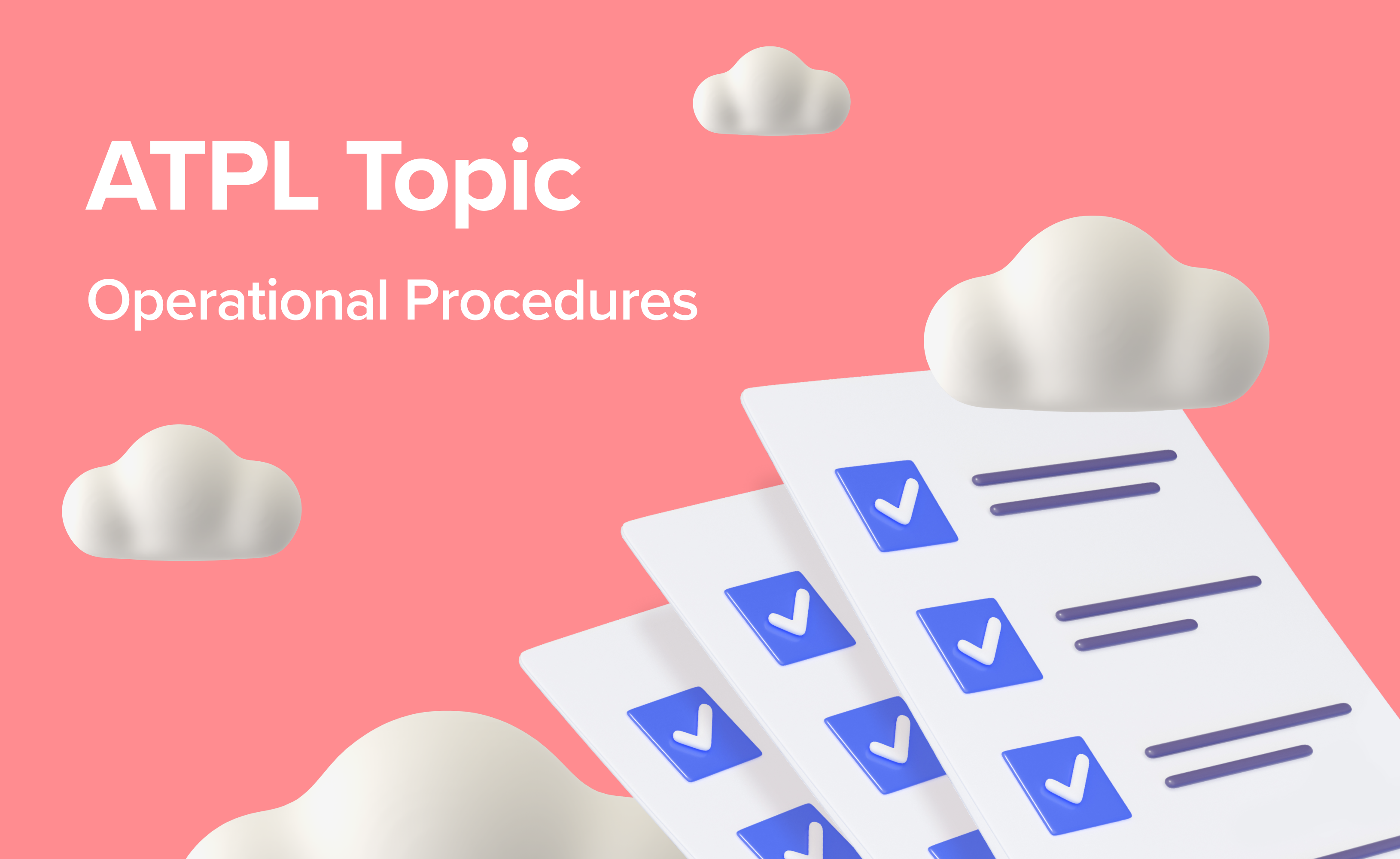Beyond the Airlines: 9 Unique Career Paths for Licensed Pilots

The dream of piloting a plane and conquering the skies is an undeniable one. Traditionally, this has led aspiring aviators towards airline careers. But the exciting world of aviation offers a treasure trove of fulfilling opportunities beyond the commercial landscape. Let's explore some unique career paths that put your piloting skills to work while offering diverse experiences and challenges.
Flying High with Cargo

The global cargo industry thrives, and pilots play a vital role in keeping the wheels of commerce turning. Cargo aircraft, often converted airliners or custom-built freighters like the Boeing 747-8F, or the Boeing 747 Dreamlifter, transport essential goods across continents.
These titans of the sky typically operate at night, weaving through the darkness to avoid the congestion of passenger flights. While this unique schedule can be demanding, requiring adjustments to sleep patterns and vigilance against jet lag, some cargo pilots find it a welcome trade-off. They enjoy the extended periods of rest between work rotations and the satisfaction of playing a vital role in the smooth operation of the global economy, all without the added pressure of dealing with demanding passengers on board. It's a different kind of flying experience, but one that offers its own set of rewards and challenges.
Cargo pilots need the same licences as airline pilots but deal with different things (freight vs. passengers). Examples of cargo airlines include DHL, FedEx, and Cargolux. Most cargo airlines require you to already have a type rating for their specific planes, unlike some passenger airlines that might provide this training. Pilots sometimes move from passenger airlines to cargo to gain experience and broaden their career options.
Training
Hold a Commercial Pilot Licence (CPL) and an Airline Transport Pilot Licence (ATPL) with a minimum of 250 flight hours. Certifications for instrument and multi-engine flight are also required.
Salary Levels
Europe: Varies depending on experience and airline, but generally falls within the €45,000 — €90,000 range.
UK: Similar range as Europe, with an average of £65,000 - £70,000 according to industry estimates.
Delivering Aircraft Across the Globe
Ferry pilots undertake the adventurous task of delivering aircraft to their new locations, often involving long flights over water and challenging conditions. This role is for experienced pilots who thrive on a challenge. Seasoned ferry pilot, aptly describes ferry flying as all about hard work and long legs. As they put it, it's not for the faint of heart. Ferrying aircraft can include newly manufactured planes, pre-owned aircraft for new buyers, or even aircraft going to remote locations for special missions.
Unlike their airline counterparts, ferry pilots wear many hats. They meticulously plan routes, ensuring they comply with international regulations and airspace restrictions. They become weather experts, analysing forecasts and making critical decisions to navigate storms and turbulence. These skilled aviators also possess a deep understanding of aircraft performance, exploiting fuel efficiency and range while ensuring the safety of the precious cargo.
Training
The specific requirements for ferry pilots are often set by insurance companies and can be quite high, with the pilot needing the appropriate route qualifications. Aspiring ferry pilots typically require a strong flying background, with a minimum Commercial Pilot Licence (CPL) and extensive experience, especially for ocean crossings.
Salary Levels
The compensation for ferry pilots varies depending on experience, the complexity of the delivery route, and the type of aircraft being flown.
Europe: Ferry pilots can typically expect to earn anywhere from €40,000 to €85,000 per year. UK: The average salary for ferry pilots in the UK falls within the range of £65,000 to £70,000 annually.
Jet-Setting with Business Aviation

Business jet pilots transport corporate executives in luxury jets like the Dassault Falcon. This role offers access to exotic locations and five-star accommodations but demands frequent travel and flexibility. Pilots must manage complex itineraries and cater to high-profile clients, ensuring a smooth and comfortable journey. Business aviation offers opportunities to fly into private airfields and exclusive destinations not accessible by commercial airlines, allowing pilots to experience a side of aviation few others see.
However, the lifestyle can be demanding with frequent travel and irregular schedules, with early starts, late finishes, and ever-changing time zones taking a toll. As one anonymous business jet pilot shares, "I get to fly the A-listers, see some of the best places in the world… But the downside is that I spend a lot of time away from home."
Training
Requires a CPL/ATPL, a type rating for the specific business jet (usually provided by the employer), and strong communication and relationship-building skills. Building rapport and anticipating the needs of your passengers is just as important as your flying expertise.
Salary Levels
Europe: Business jet pilots earn between €55,000 and €130,000 per year across Europe.
UK: The annual salary range for business jet pilots in the UK falls between £50,000 and £120,000.
Surveying the World from Above

Survey pilots are the modern-day explorers of the skies, piecing together information about our world from a unique vantage point. Their job involves flying pre-planned routes in diverse aircraft, ranging from single-engine Cessnas to twin turboprops, to gather aerial data.
The mission can take pilots anywhere, from the scorching deserts of the Sahara where they map mineral deposits with magnetometers, to the icy expanse of the Arctic, charting uncharted territories with high-resolution cameras. One day, they might be using LiDAR (Light Detection and Ranging) to create a 3D model of a Mayan pyramid hidden beneath the jungle canopy. Next, they could assist with search and rescue operations, using thermal imaging to locate missing persons in disaster areas.
Survey pilots contribute to the creation of detailed maps and models used in video games and movies, combining their love of flight with cutting-edge technology. The diversity of tasks and landscapes keeps the job endlessly fascinating, a constant challenge to adapt and apply their skills in new and exciting ways. As one survey pilot aptly describes it, “It's extremely variable and there's no normal day with the job.”
Training
Requirements vary. Some employers accept applicants with a basic PPL and 100 hours of flight time as Pilot-in-Command (PIC), while others require a CPL or ATPL for more complex projects.
Salary Levels
Europe: Averages around €35,000 — €75,000 depending on experience and company.
UK: Positions start at around £25,000 and rise to as much as £50, 000+ annually, depending on experience and company.
Taking Center Stage in The Sky
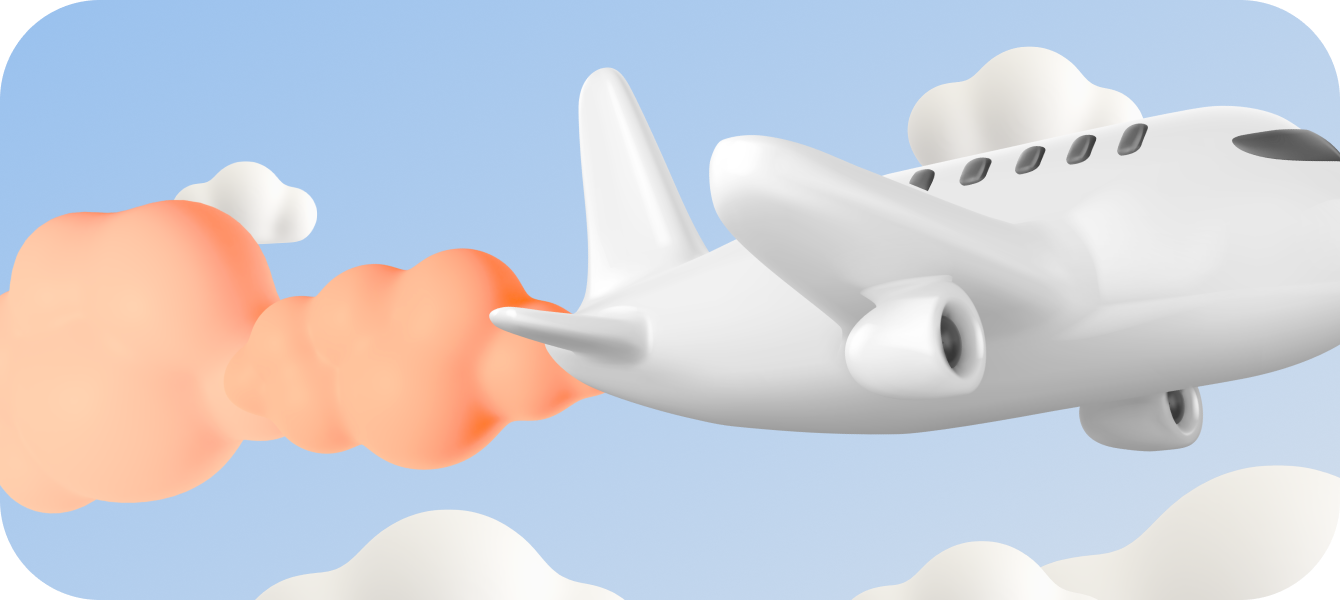
The world of air shows transforms into a ballet in the sky, a breathtaking tapestry woven with the skill and daring of display pilots. These masters of the air are the architects behind these awe-inspiring performances, possessing not only exceptional flying abilities but nerves of steel and an unwavering focus. They command a diverse fleet of aircraft, from the nimble solo aerobatic Pitts Special, capable of gravity-defying manoeuvres, to the thunderous roar of the Red Arrows Hawk formation team, their harmonious routines a marvel of precision and teamwork.
Display pilots push the very limits of what their machines can do, blurring the line between pilot and aircraft in a breathtaking display of coordinated skill. Imagine tracing smoke trails through the sky in a solo aerobatic display, feeling the G-forces pin you to your seat as you execute a heart-stopping loop. Or picture the exhilarating rush of leading a formation team, wingtip-to-wingtip with your fellow pilots, as you paint the sky with a vibrant display of coordinated manoeuvres. The bond of friendship forged in the rigorous training and the electric Performing in front of large crowds is a rewarding job that combines challenges, creativity, and excitement.
Many display pilots have military backgrounds, bringing their skills from elite units like the RAF or Navy to civilian air shows, where they continue to push the limits of aeronautical performance.
Training
Requires a Display Authorisation (DA) obtained through a test flight with a CAA examiner. While no minimum flying hours are mandated, the CAA recommends 200 hours for fixed-wing aircraft, with 100 hours as Pilot-in-Command (PIC). Be prepared for meticulous ground preparation and training routines to ensure flawless performances.
Salary Levels
Europe: This varies greatly depending on experience, reputation, and the number of displays performed each season. Can range from €30,000 — €65,000+
UK: Similar range as Europe, also varies widely based on air show frequency and sponsorship. Positions start at around £25,000 and may up to £60,000 annually, with top performers earning well over £100,000 per season.
Sharing the Thrill of Skydiving

Skydiving pilots, also jump pilots, play a key role in the skydiving community. Their precision flying ensures that skydivers exit the aircraft safely at the predetermined altitude and speed. Efficient weight and balance calculations are crucial for jump operations. These pilots must maintain precise control over the aircraft’s speed and altitude, ensuring a safe and thrilling experience for skydivers. The role combines technical flying skills with a strong sense of community and excitement.
The positive energy at drop points and the shared passion for flight between pilots and skydivers make this a rewarding career choice. As one jump pilot enthusiastically shares, “I love the positive energy at drop zones! Everybody is having fun, and most skydivers are as passionate about what they do as I am about flying them!”
Jump pilots often choose to become skydivers, becoming more involved in the skydiving community and experiencing the thrill from both sides.
Training
The minimum starting requirement is a Private Pilot Licence (PPL) and 100 hours as a Pilot-in-Command (PIC). Jump flying is classified as Aerial Work and in most cases requires a Commercial Pilot Licence (CPL).
Salary Levels
Europe: Across Europe, jump pilot salaries typically range from €25,000 to €45,000 annually.
UK: Aspiring jump pilots in the UK can expect to earn between £20,000 and £40,000 a year.
Saving Lives One Flight at a Time

A Medevac pilot, short for Medical Evacuation Pilot, is a highly skilled aviator who flies air ambulances. They play a life-saving role in Emergency Medical Services (EMS), transporting patients and medical crews between hospitals and medical facilities.
This demanding role requires exceptional focus, split-second decision-making, and the mental capacity to remain calm under pressure. Medevac pilots are masters of precision flying, navigating their air ambulances efficiently and safely in all weather conditions. Their skill to land quickly and strategically at accident sites or hospitals is crucial, ensuring the fastest possible medical attention for patients.
While their flying skills are undeniable, Medevac pilots are more than just air taxi operators. They work closely with medical crews onboard, acting as partners in care. Medevac pilots often work closely with medical professionals, gaining a unique insight into emergency medicine and sometimes even assisting with medical tasks during flights.
There are few careers as impactful as that of a Medevac pilot. The knowledge that your skills and expertise directly contribute to saving lives is a powerful motivator. It's a career path filled with challenges and immense responsibility, but also one that offers immense satisfaction and the opportunity to make a real difference in the world.
Training
The qualifications to become a Medevac pilot vary depending on the specific program but typically require a strong foundation in aviation. A Commercial Pilot Licence (CPL) with a valid instrument rating and significant flight hours are common prerequisites. Additionally, some programs may require specific training in helicopter operations or emergency medical procedures.
Salary Levels
UK: In the United Kingdom, the average yearly salary for a Medevac pilot, based on data from Indeed, is £75,000+. This is significantly higher than the national pilot average salary, reflecting the critical nature of this profession and the demanding skills required.
Europe: €80,000 to €90,000 annually.
Dealing with the Wildfire Fury

Fire pilots, also known as air tanker pilots, are the aerial warriors on the frontlines of wildfire suppression. These skilled aviators take to the skies in specially equipped aircraft, responding swiftly to wildfires with critical resources like water drops, fire retardants, and other extinguishing agents.
It's a career path that demands courage, skill, and a commitment to environmental protection. If you're a passionate aviator who thrives in high-pressure situations and desires to play a vital role in protecting our planet, then firefighting could be the perfect path for you.
Many countries are seeing the critical need for robust aerial firefighting capabilities, leading to an increased demand for both private and subcontracted fleets. This job market trend translates into more opportunities for aspiring fire pilots.
The firefighting career path often starts seasonally, with experienced pilots typically flying an average of six months a year. However, as expertise accumulates and fire seasons lengthen, opportunities for year-round work become increasingly available.
Training
The minimum requirement in Europe is an EASA CPL(A) licence, followed by a specialised class or type rating specific to the firefighting aircraft you plan to operate. Additional experience with a focus on tailwheel or amphibious aircraft (depending on the specific qualification you seek). Mountain flying and low-level flying experience are highly valued skills for fire pilots, as they allow for precise manoeuvring in challenging terrain. Finally, a minimum of 500 hours of Pilot-in-Command experience in VFR operations is typically required.
Salary Levels
Europe: Across Europe, fire pilots typically earn between €45,000 and €95,000 per year.
UK: The financial rewards for fire pilots are competitive, with salaries in the UK ranging from £40,000 to £90,000 annually. These figures can vary depending on the season and level of experience.
Nurturing the Next Generation of Aviators

While the financial rewards may not be the biggest draw, a career as a flight instructor offers immense satisfaction. Witnessing the transformation of students from nervous beginners to confident pilots is a truly rewarding experience. Instructors play a vital role in shaping the next generation of aviators, fostering a passion for flight and ensuring safety in the skies.
The role of a flight instructor extends far beyond simply teaching how to fly a plane. Instructors act as mentors, imparting their knowledge of aviation theory, safety procedures, and even career planning to their students. The strong, lasting relationships that often develop between instructors and students highlight the crucial role they play in shaping individual aviation journeys.
Training
The qualifications required to become a flight instructor vary slightly depending on the specific jurisdiction. However, some common requirements include a Commercial Pilot Licence (CPL) and a Flight Instructor Certificate (FIC). For instructors who specialise in advanced areas like instrument flight, additional ratings, such as the Instrument Rating Instructor (IRI), may be necessary.
Salary Levels
UK: The financial rewards for flight instructors are competitive, with starting salaries in the UK ranging from £30,000 to £70,000+ annually.
Europe: Across Europe, flight instructor salaries typically start around €35,000 per year, with the potential to grow to €65,000 or more as experience and qualifications accumulate.
The Final Word
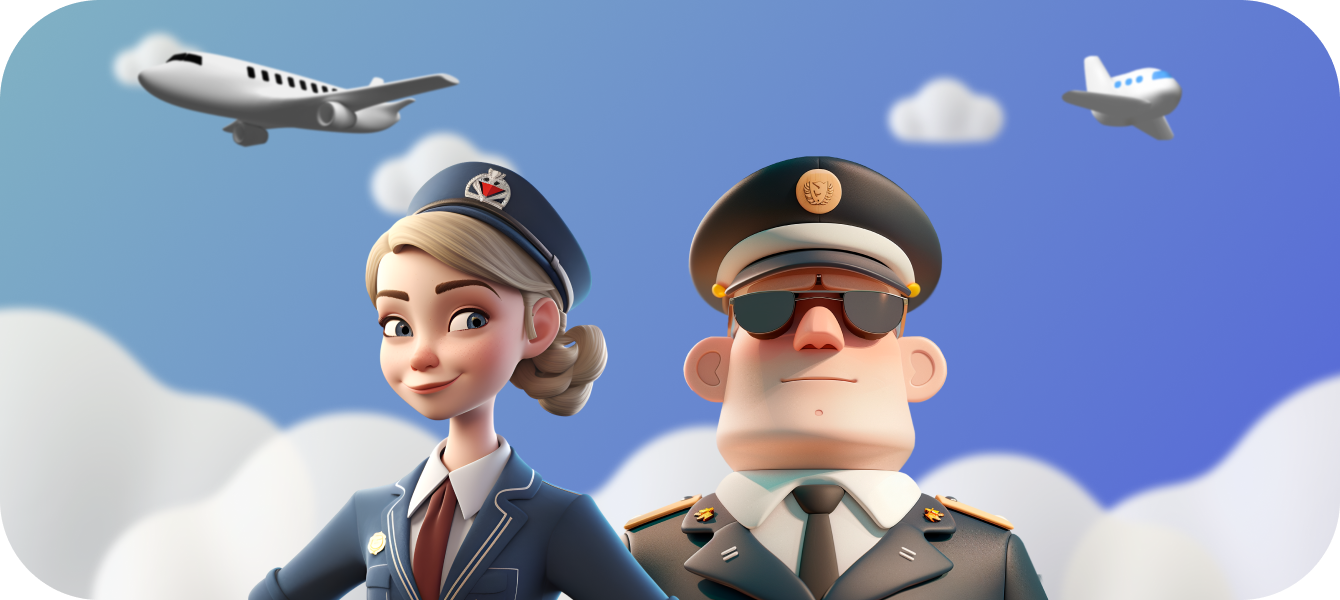
The world of aviation offers a vast array of employment possibilities. These 9 unique pilot career paths are just a glimpse into the diverse and exciting jobs available for those who share a passion for flight. Do you crave adventure, meticulous planning, or the joy of inspiring others? There's a pilot career path perfectly suited to take you on an incredible aviation journey.
The choice of your pilot job and the flight operations you pursue will depend on your aspirations and the available opportunities. While external circumstances may sometimes influence your path, the most important factor is your love for flying.
Keep your eyes peeled for job alerts, explore the vast diversity of pilot careers, and discover the perfect position where you feel happy with the duties, conditions, and most importantly, your fellow crew members. Keep going and good luck!




